When it comes to white wines, the world of varietals is vast and diverse. Among the plethora of options available to wine enthusiasts, Viognier and Chenin Blanc stand out as two notable contenders. While both are esteemed for their aromatic qualities and ability to produce exceptional wines, these two grape varieties possess distinct characteristics that set them apart from each other.
From their origins in different regions to their unique flavor profiles and aging potential, understanding the differences between Viognier and Chenin Blanc will not only enhance your appreciation for these exquisite wines but also broaden your knowledge of the fascinating world of oenology.

Understanding Viognier
Viognier, a highly aromatic and versatile white wine, is gaining popularity among wine enthusiasts for its unique characteristics. Known for its floral and fruity aromas, Viognier can range from bone dry to semi-sweet in taste. Its dry profile offers a crisp and refreshing experience, making it perfect for those who appreciate a more subtle sweetness in their wines.
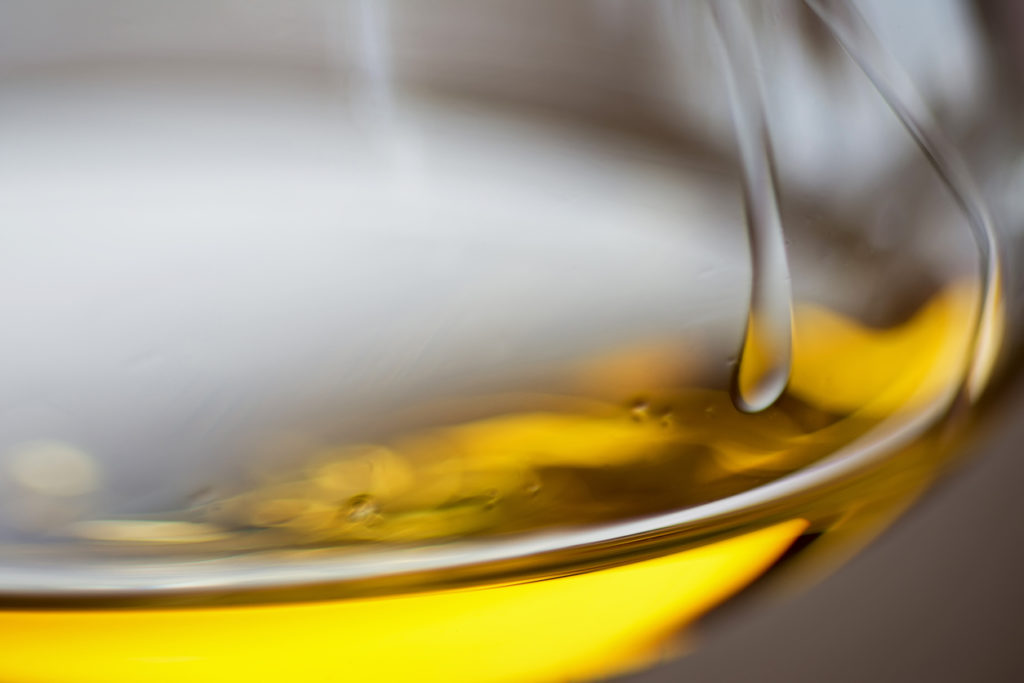
However, what sets Viognier apart is its ability to showcase both dryness and sweetness simultaneously. This duality creates an intriguing complexity that appeals to a wide range of palates. Whether you prefer the bright acidity of a dry wine or the softness of a semi-sweet variety, Viognier has something to offer. It’s this versatility that makes it an ideal choice for various occasions, from casual lunch gatherings to elegant dinner parties.

Furthermore, understanding Viognier goes beyond tasting notes; it delves into the nuances of terroir and winemaking techniques. The soil composition where the grapes are grown greatly impacts the final product – from limestone soils producing leaner expressions to granite soils yielding richer and more opulent wines. Additionally, winemakers play an integral role in crafting Viognier’s distinct personality by balancing fermentation methods and oak aging processes.
Understanding Chenin Blanc
Chenin Blanc is a versatile white wine that offers a wide range of flavors and styles. From dry to semi-sweet, oaked to unoaked, this grape varietal can cater to different palates and occasions.
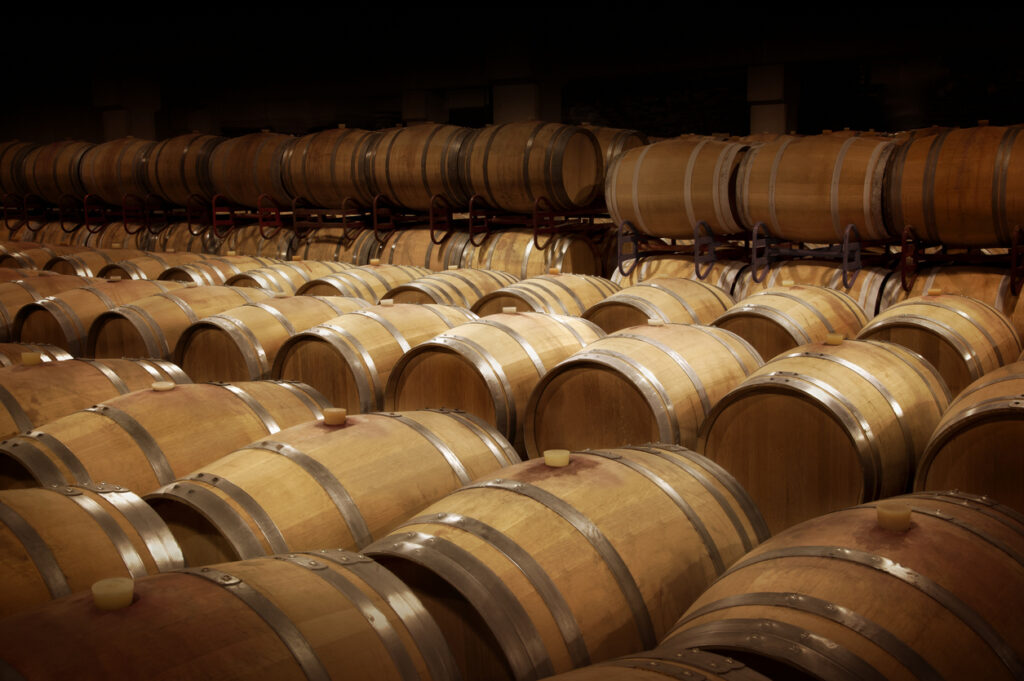
When it comes to dry Chenin Blanc, expect tongue-tingling acidity and crispness on the palate. This style showcases the true essence of the grape, with notes of green apple, pear, and citrus fruits. The lack of residual sugar gives the wine a refreshing finish that makes it perfect for pairing with seafood dishes or enjoying on its own.

On the other hand, semi-sweet Chenin Blanc brings a touch of sweetness to balance out its bright acidity. With flavors like ripe peaches, honeyed apricots, and tropical fruits lingering on the palate, this style offers an enjoyable contrast between sweetness and freshness. It pairs harmoniously with spicy Asian cuisine or can be savored as an aperitif.
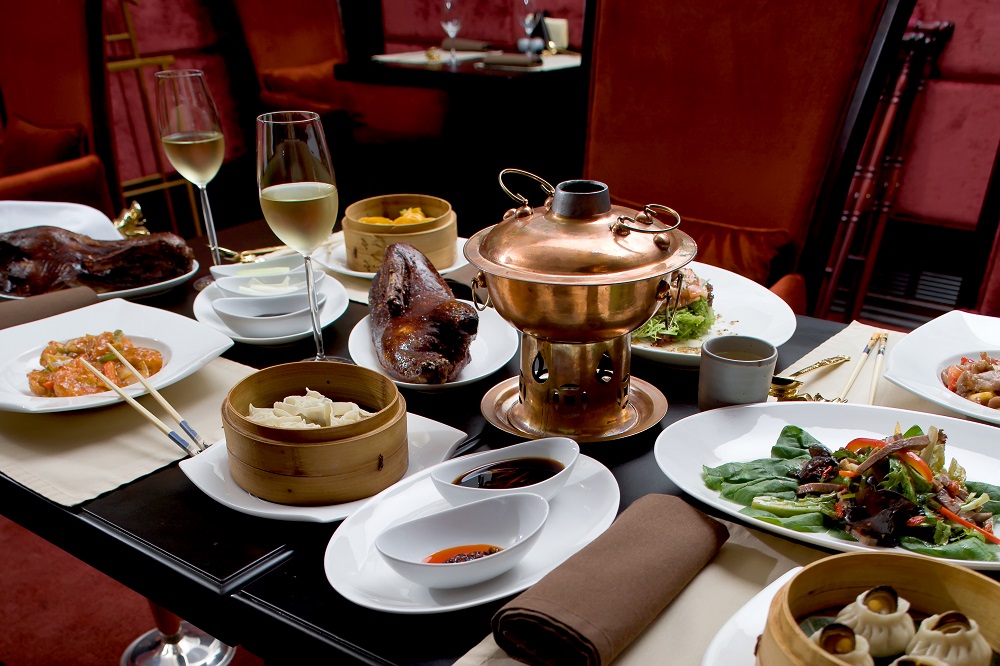
As for oaked versus unoaked Chenin Blancs – these distinct styles offer two contrasting experiences. Oaked versions are aged in barrels, which impart rich vanilla and toasted oak aromas alongside flavors of buttery caramelized apples. These wines have depth and complexity that develop over time spent in oak barrels.

In contrast, unoaked Chenin Blanc remains fresh and fruit-forward without any influence from oak aging. The vibrant fruit flavors take center stage here – think juicy melon, zesty lime zest, and ripe peaches bursting with flavor.
Differences between Viognier and Chenin Blanc
Chenin Blanc and Viognier are two popular white wine varietals that offer distinct profiles and characteristics.
Aroma
Chenin Blanc, often referred to as the Swiss army knife of white wines, is known for its versatility and ability to produce a range of styles. It can be dry or sweet, still or sparkling, with flavors ranging from crisp apple and citrus to honey and quince. The acidity in Chenin Blanc tends to be high, providing a refreshing and zesty quality.
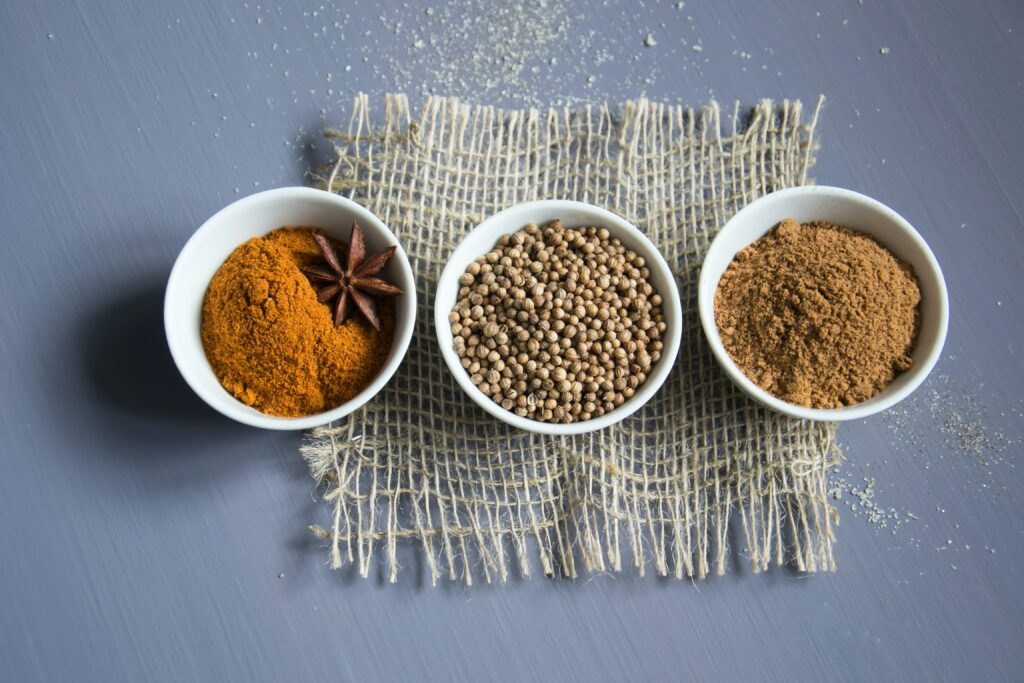
On the other hand, Viognier is a more aromatic grape variety with a rich and opulent character. Its intense floral perfume, often reminiscent of honeysuckle and orange blossom, sets it apart from other white wines. Viognier tends to have lower acidity compared to Chenin Blanc but compensates with its full-bodied nature and luscious texture. Flavors of ripe apricot, tropical fruits like mango or pineapple, as well as hints of spice can be found in this wine.
Oak
Chenin Blanc and Viognier are two popular white wine varieties known for their unique characteristics and flavor profiles. One key difference between these two wines lies in their oak treatment. While Chenin Blanc can be found in both oaked and unoaked versions, Viognier is typically produced without any oak influence.
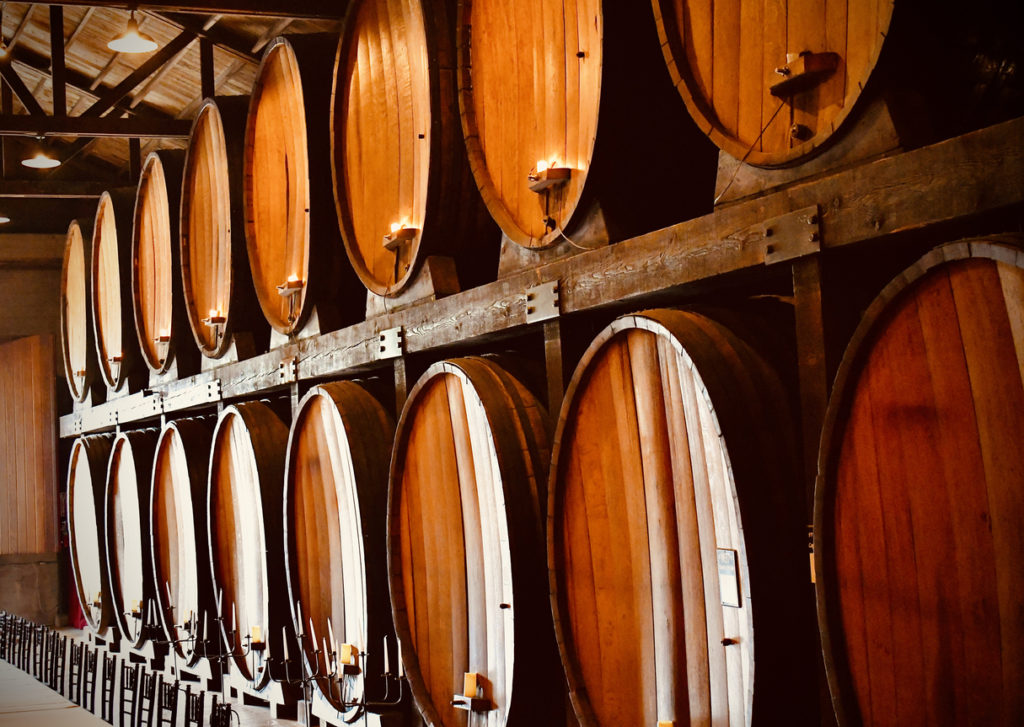
When it comes to oaked versions, Chenin Blanc tends to be more versatile than Viognier. The oak aging process adds depth and complexity to the wine, enhancing its flavors of honeyed fruit, beeswax, and sometimes even a touch of vanilla. On the other hand, oaking Viognier can overwhelm its delicate aromas of apricot, peach, and flowers with prominent oak notes.
Sweetness
When it comes to white wines, Chenin Blanc and Viognier are both known for their distinct characteristics. One key difference between the two lies in their sweetness levels. Chenin Blanc typically exhibits a wide range of sweetness, from dry to off-dry, or even sweet. On the other hand, Viognier tends to be more on the drier side of the spectrum, with little to no residual sugar.
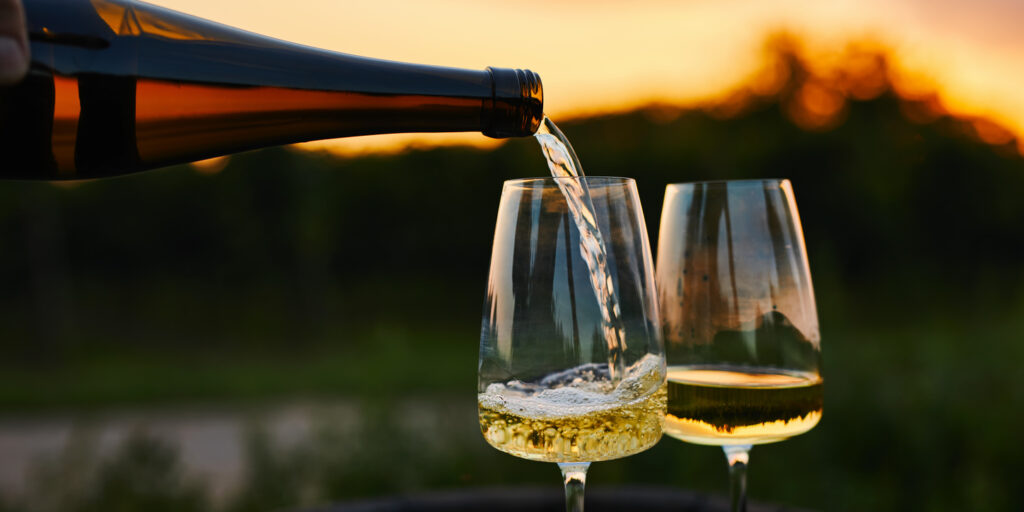
Alcohol content
Another notable distinction is alcohol content. Chenin Blanc is renowned for its ability to achieve high levels of alcohol while maintaining balance and finesse. This grape variety can carry significant amounts of alcohol without becoming overwhelming or too heavy on the palate. In contrast, Viognier usually has lower alcohol content compared to Chenin Blanc, which allows it to showcase its delicate aromas and flavors without overpowering the senses.

In summary, if you are seeking a diverse range of sweetness options in your white wine selection, Chenin Blanc might be your ideal choice. On the other hand, if you appreciate a drier profile with elegant nuances and lower alcohol content, then Viognier can be an excellent option for you. Both these grape varieties offer unique qualities that captivate wine enthusiasts worldwide.
How to serve Chenin Blanc and Viognier
Chenin Blanc and Viognier are two white wine varietals that offer distinct flavors and characteristics, making them a delightful addition to any wine collection or dinner party. When it comes to serving these wines, there are a few key points to keep in mind in order to enhance their unique qualities.
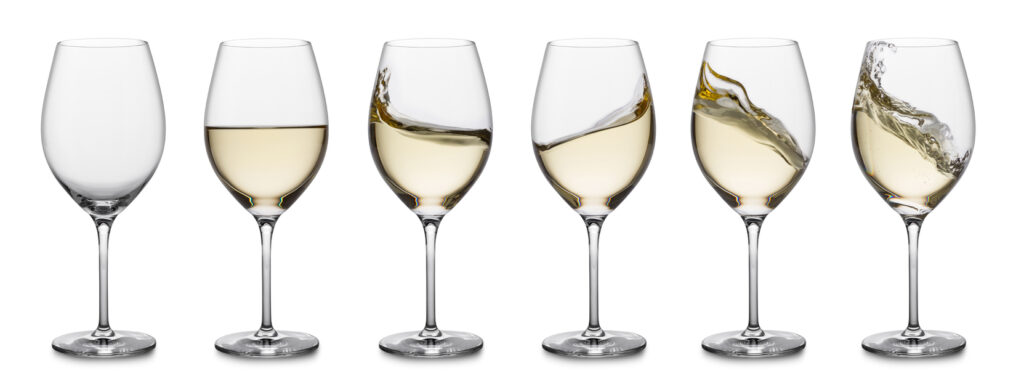
Chenin Blanc
Firstly, Chenin Blanc thrives when served chilled but not excessively cold. This allows the wine’s aromas to fully develop and reveal its nuances. It pairs wonderfully with light appetizers such as seafood salads or soft cheeses. The versatility of Chenin Blanc also makes it an excellent choice for main courses like grilled poultry or pasta dishes.
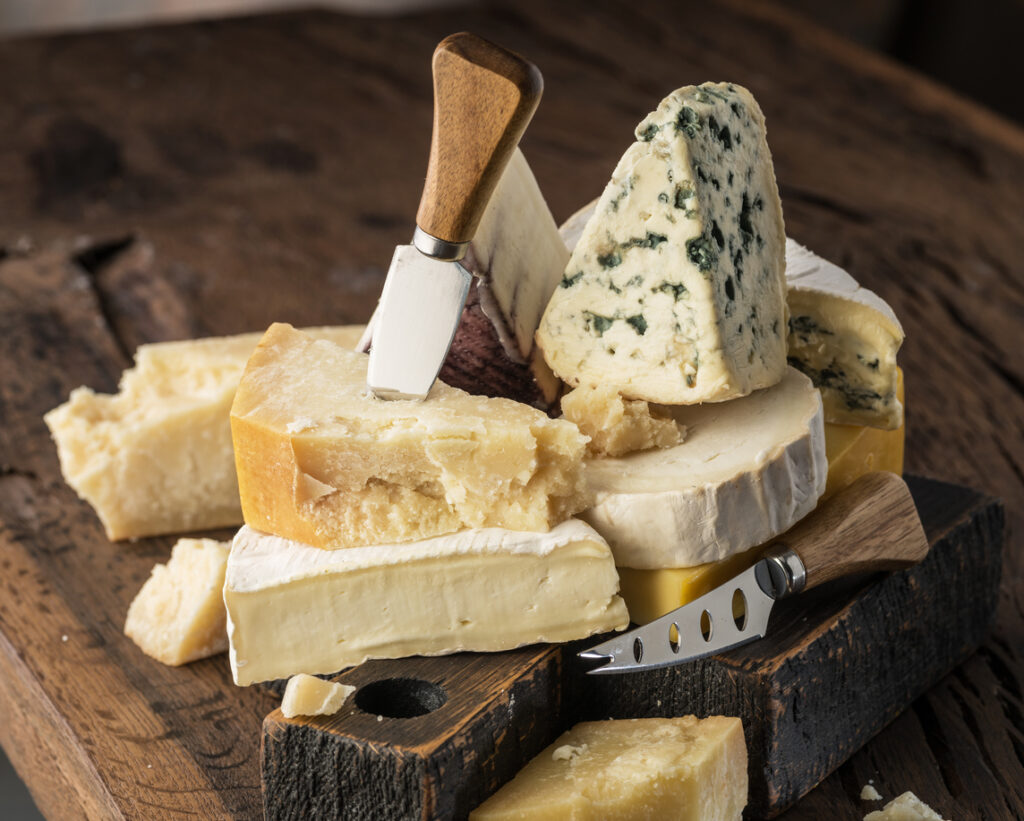
Viognier
On the other hand, Viognier benefits from being slightly warmer than Chenin Blanc. By serving it at a temperature around 50-55°F (10-13°C), the wine opens up and showcases its rich aromas of apricot, peach, and honeyed notes. To match its full-bodied nature, consider pairing Viognier with flavorsome dishes like roasted pork loin or spicy Asian cuisine.
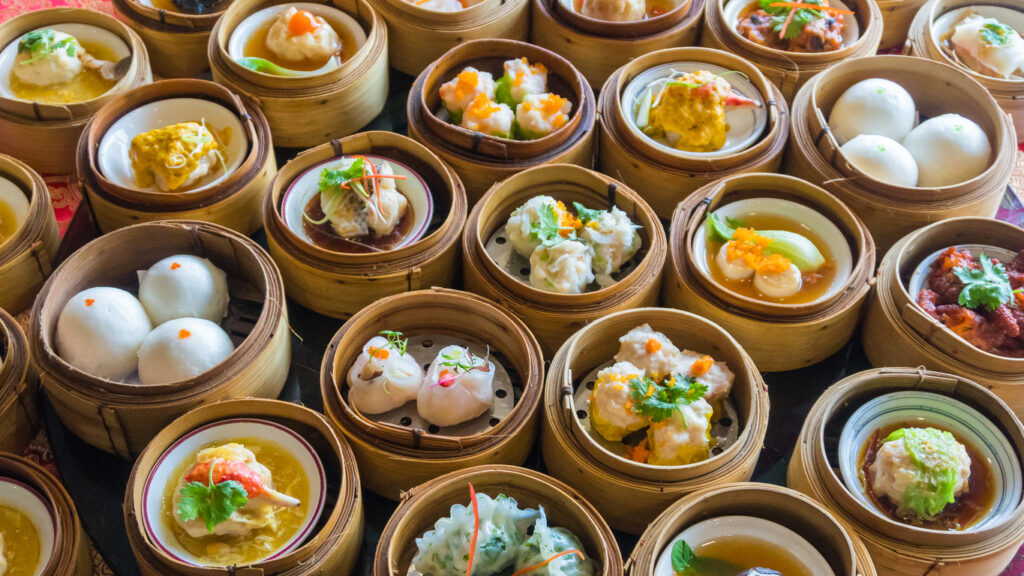
Food Pairing of Chenin Blanc and Viognier Wine
Chenin Blanc and Viognier are two distinct white wines that offer an exciting array of flavors and aromas. When it comes to food pairing, these wines showcase their versatility and can complement a wide range of dishes. Chenin Blanc, with its crisp acidity and vibrant fruitiness, pairs exceptionally well with seafood such as oysters or grilled shrimp. Its zesty character also makes it a great match for lighter fare like salads or vegetable-based dishes.
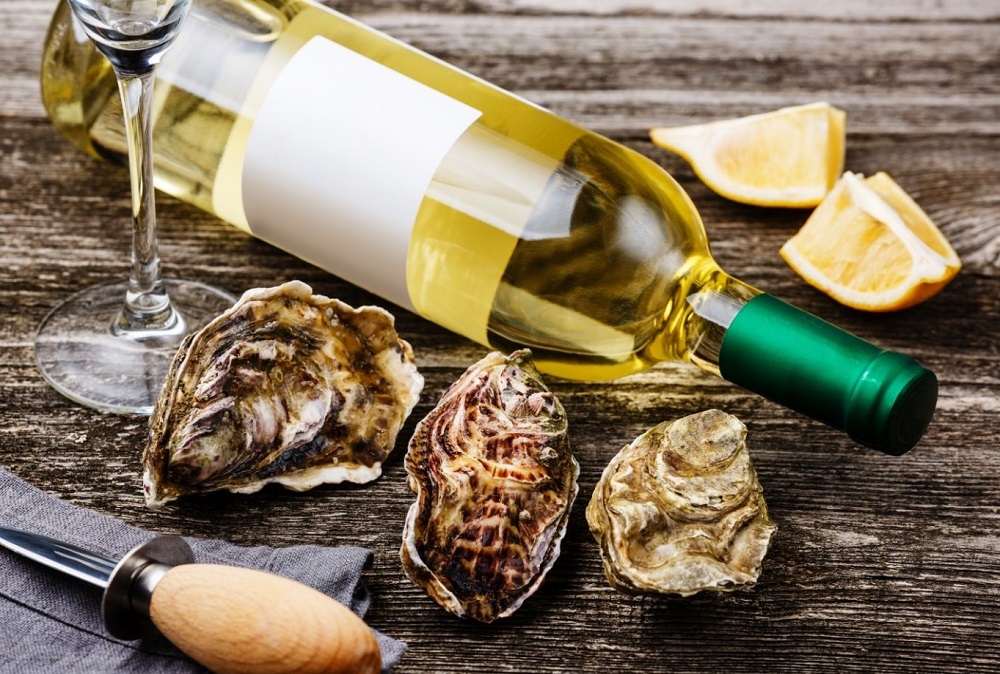
On the other hand, Viognier often exhibits fuller body and richer texture, making it an excellent choice for pairing with creamy dishes like risottos or pasta in Alfredo sauce. The wine’s tropical aromatics of apricot, peach, and honeysuckle provide a delightful contrast to the richness of these dishes. Viognier also shines when paired with poultry or pork dishes that have been flavored with spices such as ginger or curry.
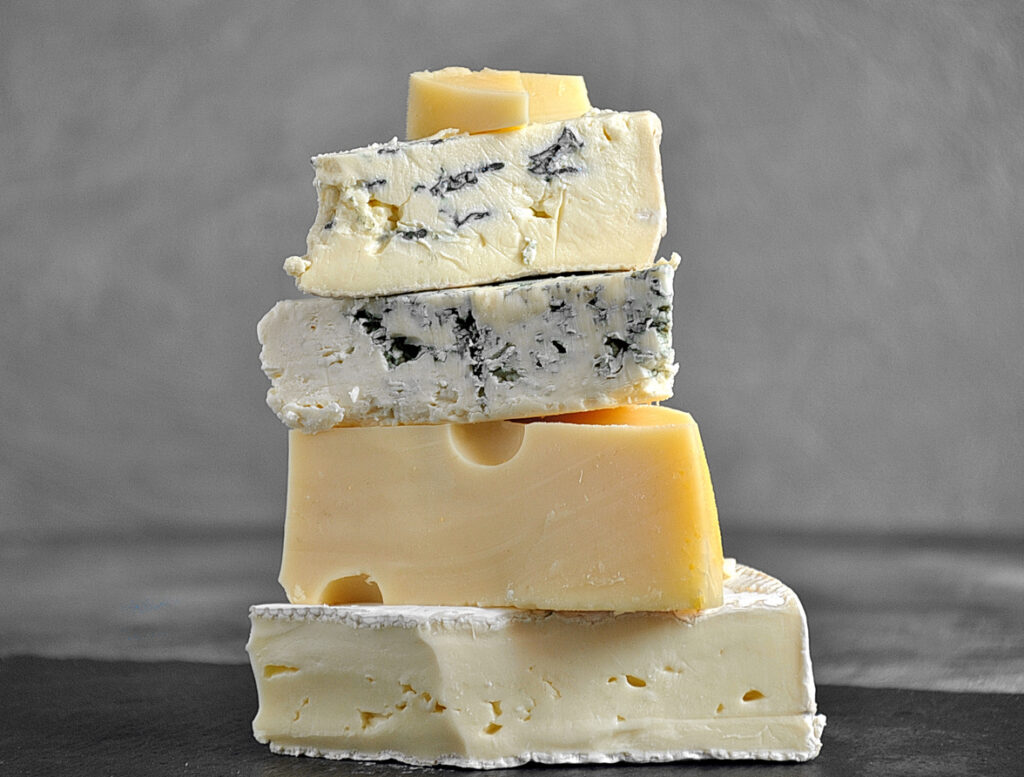
However, one should not limit themselves to these traditional pairings alone. Both Chenin Blanc and Viognier possess a unique quality that allows them to be versatile partners at the table. For example, try serving Chenin Blanc alongside spicy Thai cuisine for an interesting interplay between sweet fruit tones in the wine and fiery flavors in the food. Likewise, experiment by pairing Viognier with strong cheeses like blue cheese or even aged Gouda for a surprising combination of creamy indulgence with floral accents from the wine.
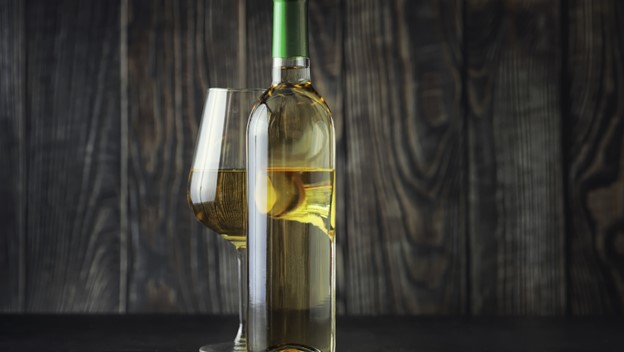
Conclusion
In conclusion, Chenin Blanc and Viognier are two distinct white wine varietals with their own unique characteristics. Chenin Blanc is known for its versatility, displaying a wide range of flavors from crisp and acidic to rich and honeyed. On the other hand, Viognier stands out for its aromatic profile, offering floral and fruity aromas that often include notes of apricot and honeysuckle. While both wines can be enjoyed on their own or paired with various foods, Chenin Blanc tends to be more food-friendly due to its acidity, while Viognier pairs well with spicy dishes and creamy sauces.

